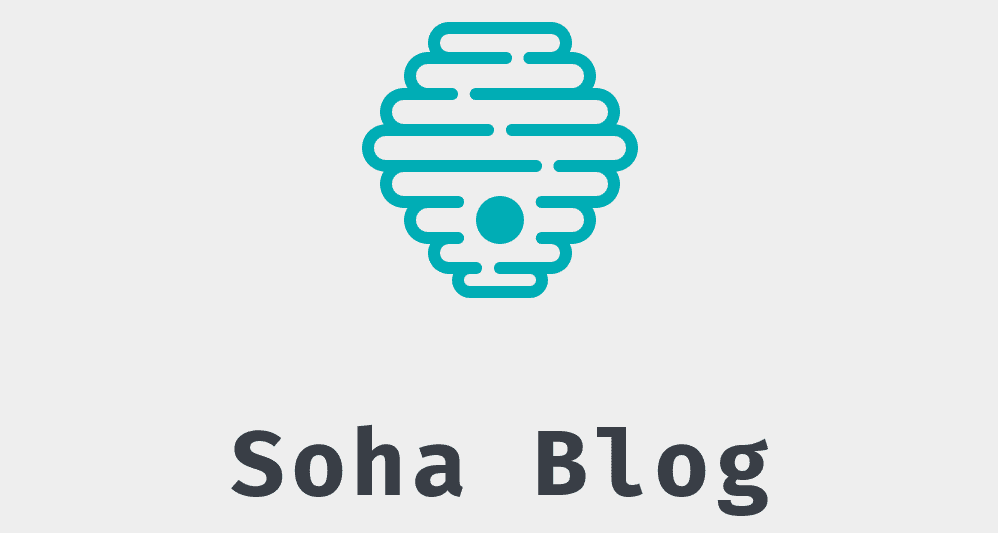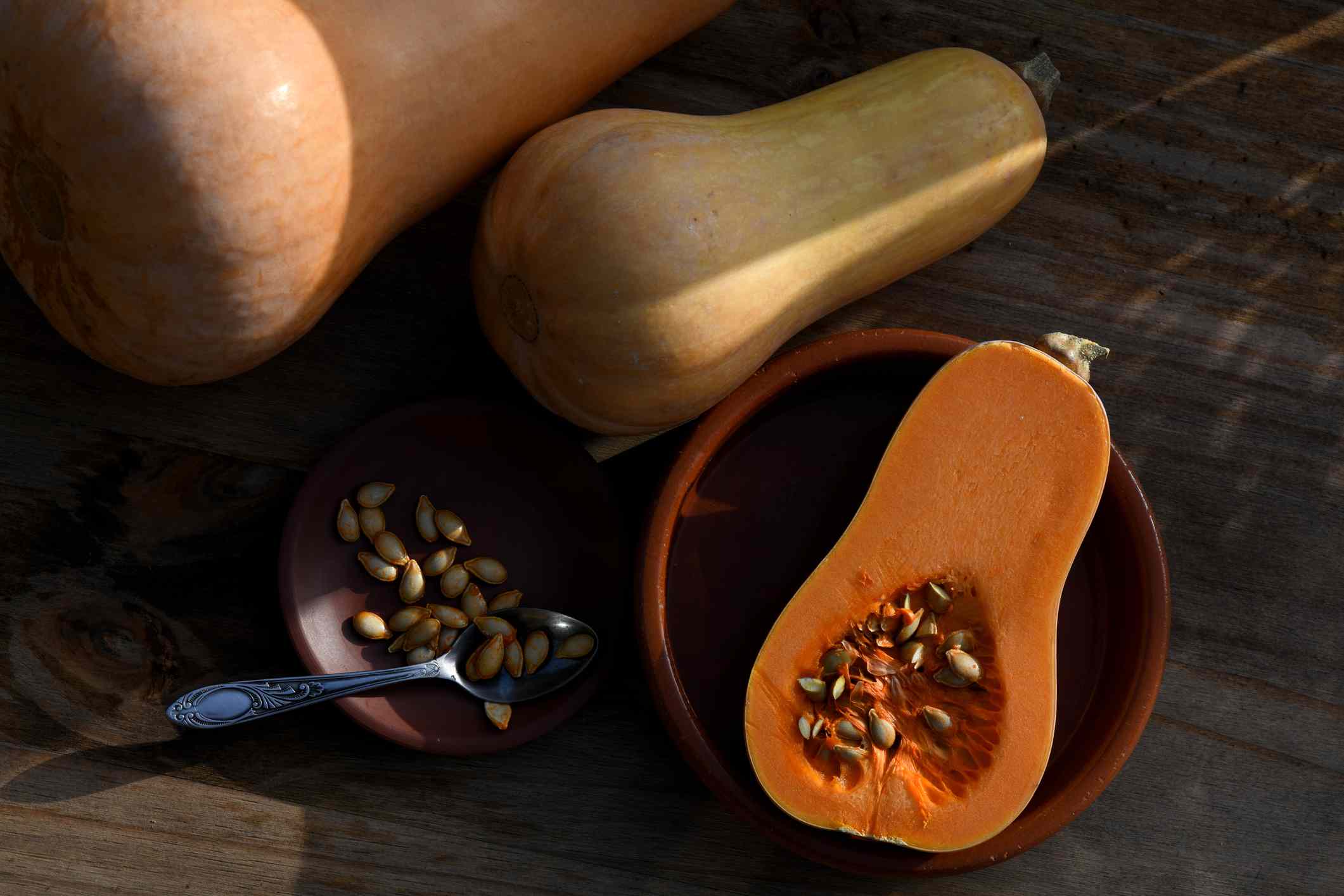When the weather cools, pumpkin takes center stage in the produce section of grocery stores, and many people look forward to enjoying dishes like pumpkin soup or roasted winter vegetables.
Pumpkin is not only delicious and comforting, but also packed with nutrients. It has an impressive amount of beta-carotene and other antioxidants that can help prevent chronic diseases and support other aspects of health.
Here are the benefits of pumpkin, along with its nutritional profile, risks, and uses.
You may remember as a child being told to eat carrots to protect your eyes, but carrots aren’t the only food that supports your eye health. Pumpkin shares similar nutrients that benefit your eyes, especially vitamin A in the form of beta-carotene. That’s what makes pumpkins orange.
Vitamin A is a major component of the protein rhodopsina in your retina. It is also important for the conjunctiva and cornea to function properly.
Furthermore, the beta-carotenea form of vitamin A is also an antioxidant that helps prevent age-related macular degeneration (AMD).
In addition to vitamin A, pumpkin also contains vitamin C, another antioxidant that may help prevent and treat early-stage AMD. Interestingly, some of the highest concentrations of vitamin C in the body are found in the eyes. Researchers believe that eating more vitamin C in the diet (as opposed to taking supplements) may reduce the risk of developing cataracts, but more research is needed to confirm this.
Another antioxidant found in pumpkin, vitamin E, may also prevent and treat early AMD. It may also prevent oxidative stress associated with eye diseases such as cataracts.
Research is largely inconclusive on whether supplementing any of these nutrients individually helps prevent these eye diseases, so getting them through food is especially important. .
Pumpkin is a plant food high in fiber, vitamins, minerals and antioxidants. As a result, it may help prevent chronic disease.
Fiber is a nutrient that many Americans do not consume enough of, but it is associated with reduced risk of cardiovascular disease and better blood sugar control.
Meanwhile, antioxidants in pumpkin can protect against oxidative stress, which is linked to cardiovascular disease, cancer, neurological disease, respiratory disease, etc.
For example, a large meta-analysis found that higher dietary beta-carotene intake was associated with a reduced risk of lung cancer in non-smokers. Additionally, a joint review of dozens of studies found that vitamin C intake is associated with a reduced risk of various cancers and cardiovascular diseases.
Therefore, consuming pumpkin and other nutrient-rich foods is a great way to control the risk of chronic disease.
The antioxidants in pumpkin, especially vitamin C, are also essential for skin health.
Eating enough vitamin C is important because vitamin C deficiency can cause fragile skin, poor wound healing, and bleeding gums. Furthermore, vitamin C works together with vitamin E to protect your skin against harmful UV rays. It is also necessary to form the collagena protein that gives your skin structure and elasticity.
Besides protecting against harmful UV rays, vitamin E can also protect against acne and other skin conditions because of its antioxidant effects. However, more research is needed on how vitamin E consumption impacts different aspects of skin health.
One cup of pumpkin contains 10% of the daily value (DV) of fiber. Fiber is linked to better gut health and more regular bowel movements, and most Americans could stand to eat more fiber.
Eating enough fiber and prebiotic-rich foods can also help foster a healthy gut microbiome. A healthy gut microbiome is not only linked to better gut health but also better immune and mental health.
So eating pumpkin and other fiber sources like fruits, vegetables, nuts, seeds and whole grains is important to boost your digestive health.
Pumpkin is low in fat and sodium and high in fiber and micronutrients. It is mainly a source of carbohydrates and its fiber can promote feelings of fullness. One cup (140 grams) contains:
- Calories: 63
- Fat: 0.14 grams (g)
- Carbohydrates: 16.4 g
- Fiber: 2.8 g, or 10% DV
- Sodium: 5.6 milligrams (mg)
- Added Sugar: 0 g
- Protein: 1.4 g
- Vitamin C: 29 mg, or 32% DV
- Vitamin A: 745 micrograms (mcg), or 83% DV
- Vitamin E: 2 mg, or 13% DV
In addition to being a good source of vitamins A, C and E, one cup of pumpkin also contains 1012% DV of magnesium, potassium, copper, niacin, manganese and thiamin.
As you can see, pumpkin is especially rich in vitamin A. Vitamin A is important for eye health as well as the formation and maintenance of heart and lung cells.
Consuming too much beta-carotene from pumpkin can lead to carotenoderma, a harmless condition that turns the skin a yellow-orange color. You can reverse this skin reaction by temporarily stopping consumption of foods or supplements rich in vitamin A.
This is different from consuming too much of the pre-formed vitamin A found in meat and dairy, which can lead to side effects such as severe headaches, blurred vision, problems with coordination and possibly even death in serious cases.
Pumpkin is easy to eat alone or combined with dishes. You can even use it in baked goods. Here are some ideas for adding more pumpkin to your diet:
- Mix it with olive oil and bake it
- Add roasted pumpkin to salads or grain bowls
- Boil squash and puree to add to baked goods
- Use pumpkin puree to make winter soups or pasta sauces
- Replace potatoes with pumpkin to make mashed potatoes or a side dish
- Cut it in half, grill it and stuff it with vegetables and grains
- Add it to mac and cheese or risotto for more flavor
- Make a curry with pumpkin and green vegetables
Not only is pumpkin a delicious fall and winter vegetable, but it’s also packed with antioxidants, fiber, and other micronutrients that support your overall health. You can roast it and make it into a seasonal salad or top a grain bowl, or puree it to make soups, pasta sauces or baked dishes. No matter how you like it, the nutrients in pumpkin can support your skin and eye health, while reducing your risk of chronic disease.
#Butternut #misses #health #benefits #fall #vegetable
Image Source : www.health.com

